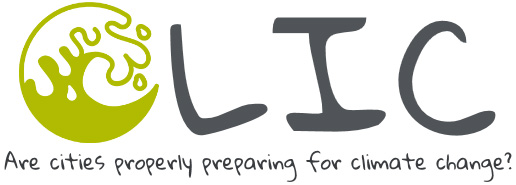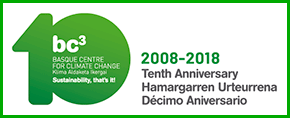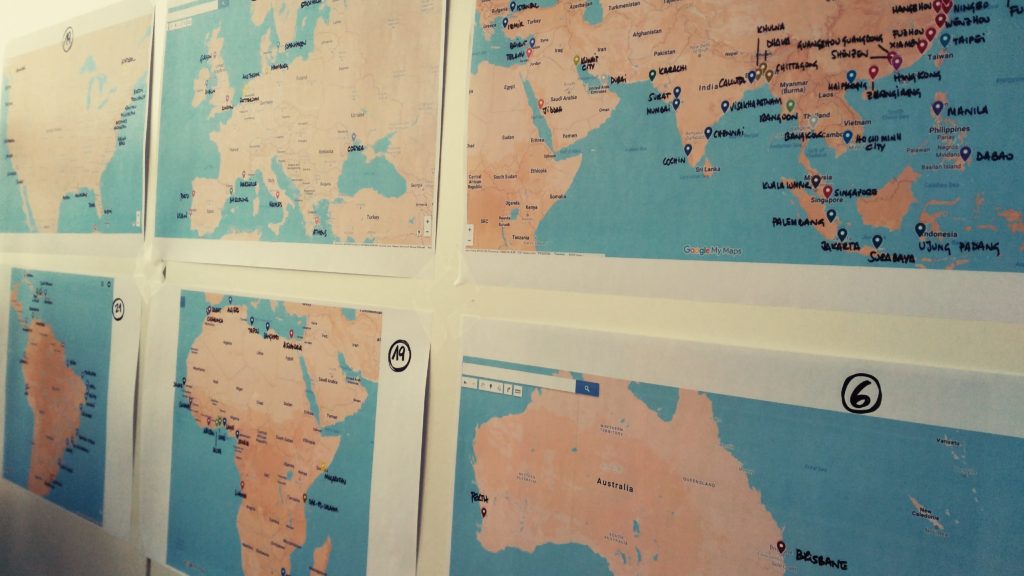In a second stage, to ascertain that the set adaptation policies will be effective in the long-term, first, their credibility will be assessed. This will be done following the methodology that the project team proposes in this BC3 working paper (final manuscript version under review). The paper defines a conceptual framework to assess credibility of adaptation policies considering (a) policy and economic factors, (b) scientific and technical factors and (c) legitimacy. This results in 17 indicators and 53 metrics that analyse aspects such as (a) funding, consistency and coherency, prioritisation and timing, past performance, assigned responsibilities, public opinion, legislation and regulatory nature, networks membership, leadership and support (b) impacts and vulnerability assessment, adaptation options assessment, Monitoring, Evaluation and Reporting (MER) processes, learning mechanisms, uncertainty awareness and (c) transparency and dialogue, engagement of stakeholders and civil society’ and equity and justice. The credibility assessment will provide an overall idea of the probability of these adaptation policies being delivered and sustained in the future. It includes an assessment of policy contents and the policy process. It will allow for comparison and identification of improvement areas.





